The first Austro-Hungarian Armoured Cruiser
The KuK Maria Theresia (abbreviated) was the first armoured cruiser of the Austro-Hungarians. Before, the only spent experience was on protected cruisers of Kaiser Franz Joseph I class. It goes without saying that the engineers were inspired largely by her. However, this cruiser integrated in its design British influences from several projects as Camell Laird, Fairfield, Napier, and the inevitable Vickers-Armstrong were contacted. But to save time, not yet named, the cruiser was started already on October 6, 1891 at STT Trieste.
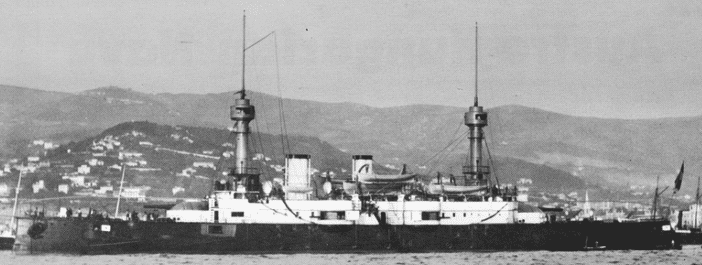
Design Development
She was reset three times: In its original design, it was to comprise six 150 mm and fourteen 47 mm, but it was deemed too modest this endowment, especially since she had let him assume the role held by a battleship. Its launch was made April 28, 1893 and she was accepted into service in November 1894 with an armament of two 240 mm Krupp 35 calibers, eight 150 mm Krupp and 35 rapid-fire calibers, 12 Skoda 47 mm 44 calibers and 6 other Hotchkiss 33 calibers, 2 Skoda 66 mm howitzer (15 cal) to support the landings and four torpedo tubes that formed a diamond defense (sides, bow and stern).
The KuK Maria Theresia in service
The Kaiserin und Königin Maria Theresia was completely rebuilt in 1906 and 1910, loosing her thick poles, while the armament was reshuffle (see listing below), with all its 150 mm cannons being spread on the main deck. Its armor was not impressive, not exceeding 100 mm whereas the caliber of equivalent ships was far superior. Everything seemed sacrificed for weight gain, allowing to hold 19.35 knots, at the end a performance identical to the battleships she was supposed to evade in combat. She was criticized for its small dimensions.
In 1895 she participate in the celebrations for the opening of the Kiel Canal, stopping at brest and Portsmouth for courtesy visits in return. In 1897 she participated in the international fleet that demonstrated off Crete against the Greek annexation. She was deployed in 1898 to the Caribbean to safeguard Austro-Hungarian interests and evacuate Austrian and German nationals in the city of Santiago.
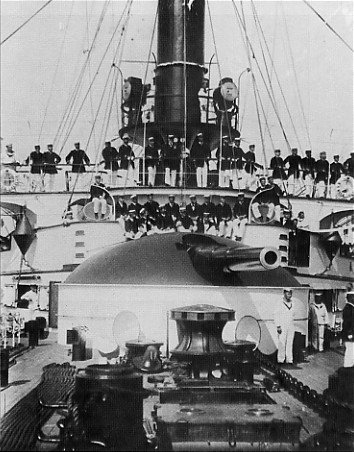
She was nearly shelled herself off Santiago de Cuba when crossing the Spanish fleet attempting to break the American blockade. She was also deployed in China in 1900, under Victor Ritter Bless von Sambuchi command and saw the end of the Boxer rebellion. In june 1901, she sailed up the Yangtze River, the biggest ship to ever do so. She then returned to Pola and was later rebuilt from 1908 to 1910.
Stationed in Sebenico (now Sibenik in Croatia) in 1914 she participated in shelling raids against Montenegro, then returned to port and until 1916 was used as coastguard. In January 1917 she was demobilized and taken to Pola to be moored as utility pontoon, its guns being unloaded and transferred to the Army. She was broken up soon after the war.
Links
The KuK Maria Theresia class on wikipedia
On history.navy.mil coll.
About Austro-Hungarian Cruisers
Specs Conway’s all the world fighting ships 1860-1905.
KuK Marian Theresia specifications |
|
| Dimensions | 113,7 x 16,25 x 6,8 m |
| Displacement | 5400 t standard – 6000 t FL |
| Crew | 475 |
| Propulsion | 2 screws, 2 TE 3 cyl., 12 boilers, 9775 cv. 19,3 knots max |
| Speed | 22 knots (40.7 km/h; 25.3 mph) |
| Range | 7,000 nmi (12,960 km; 8,060 mi) at 14 knots (25.9 km/h; 16.1 mph) |
| Armament | 2 x 190, 8 x 150, 14 x 47, 2 x 77 Howitzer, 4 x 37, 4 TT 445 mm SM (ft, rear, sides) |
| Armor | Turrets 100, Casemate 80, Belt 100, Blockhaus 50, Bridges 57 mm |


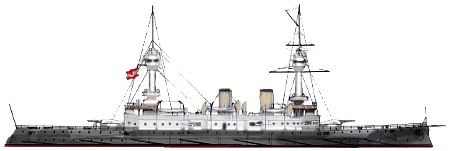
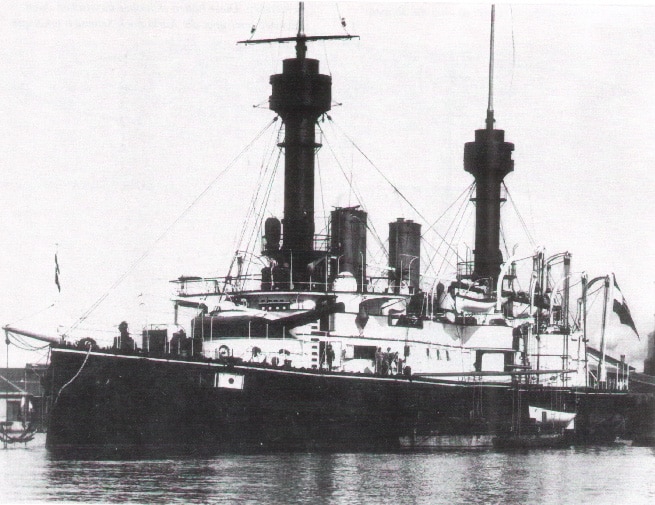
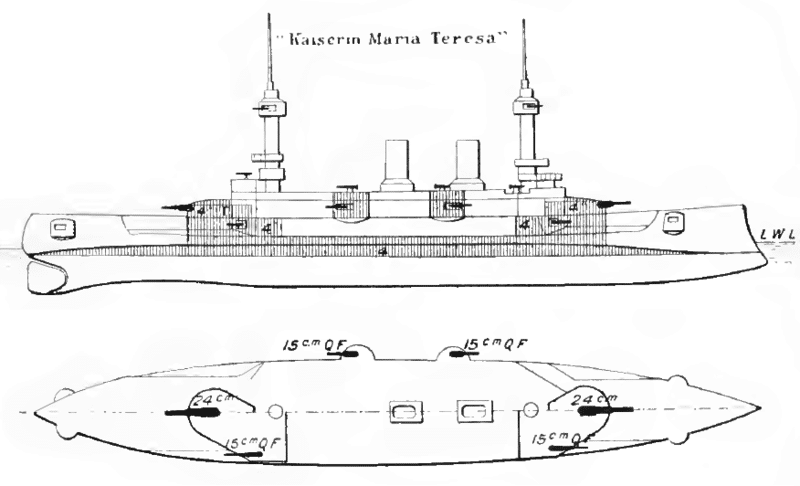
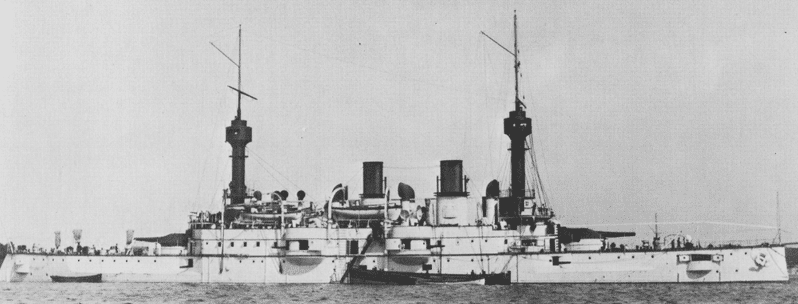
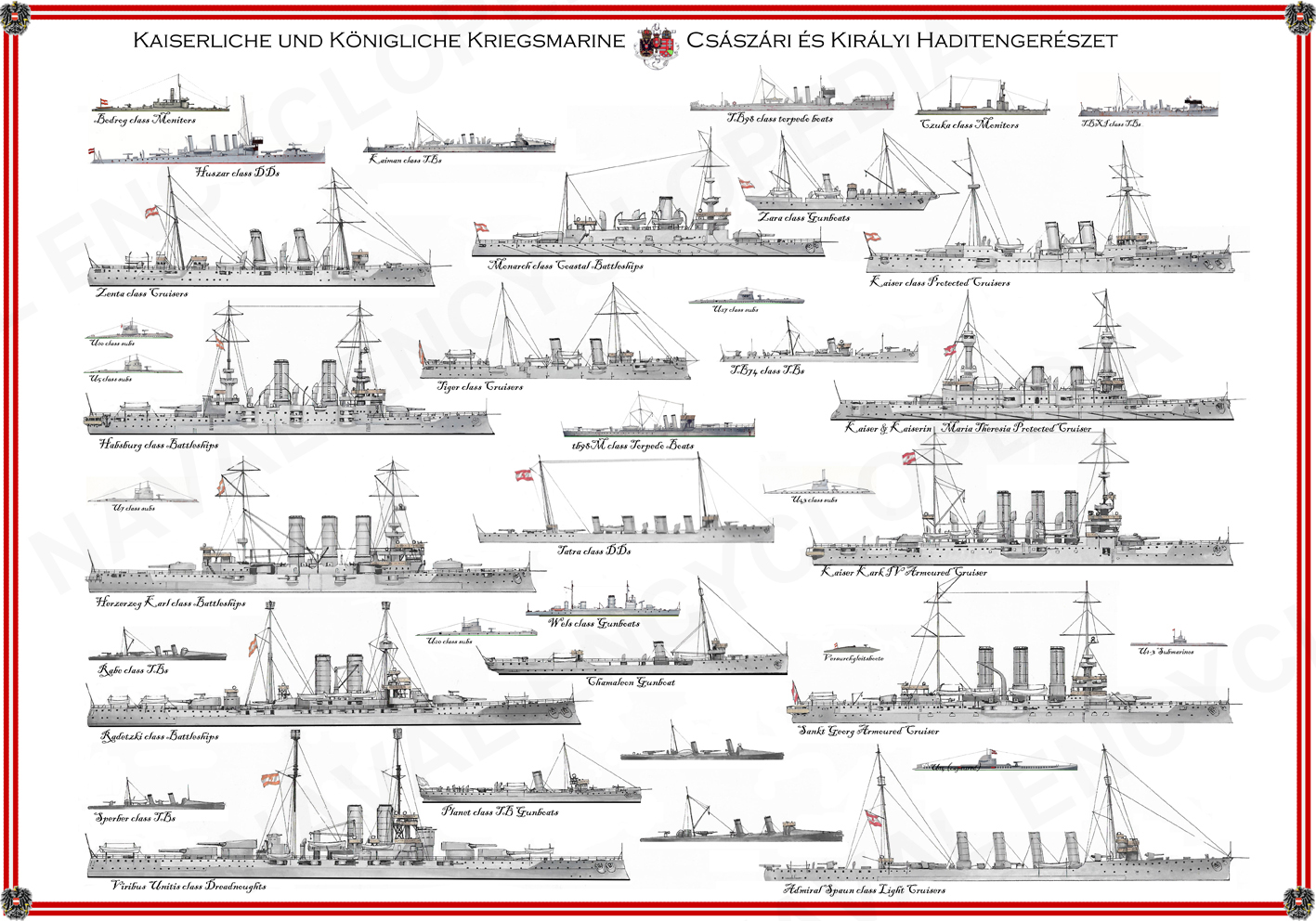
 Latest Facebook Entry -
Latest Facebook Entry -  X(Tweeter) Naval Encyclopedia's deck archive
X(Tweeter) Naval Encyclopedia's deck archive Instagram (@navalencyc)
Instagram (@navalencyc)





 French Navy
French Navy Royal Navy
Royal Navy Russian Navy
Russian Navy Armada Espanola
Armada Espanola Austrian Navy
Austrian Navy K.u.K. Kriegsmarine
K.u.K. Kriegsmarine Dansk Marine
Dansk Marine Nautiko Hellenon
Nautiko Hellenon Koninklije Marine 1870
Koninklije Marine 1870 Marinha do Brasil
Marinha do Brasil Osmanlı Donanması
Osmanlı Donanması Marina Do Peru
Marina Do Peru Marinha do Portugal
Marinha do Portugal Regia Marina 1870
Regia Marina 1870 Nihhon Kaigun 1870
Nihhon Kaigun 1870 Preußische Marine 1870
Preußische Marine 1870 Russkiy Flot 1870
Russkiy Flot 1870 Svenska marinen
Svenska marinen Søværnet
Søværnet Union Navy
Union Navy Confederate Navy
Confederate Navy Armada de Argentina
Armada de Argentina Imperial Chinese Navy
Imperial Chinese Navy Marinha do Portugal
Marinha do Portugal Mexico
Mexico Kaiserliche Marine
Kaiserliche Marine 1898 US Navy
1898 US Navy Sovietskiy Flot
Sovietskiy Flot Royal Canadian Navy
Royal Canadian Navy Royal Australian Navy
Royal Australian Navy RNZN Fleet
RNZN Fleet Chinese Navy 1937
Chinese Navy 1937 Kriegsmarine
Kriegsmarine Chilean Navy
Chilean Navy Danish Navy
Danish Navy Finnish Navy
Finnish Navy Hellenic Navy
Hellenic Navy Polish Navy
Polish Navy Romanian Navy
Romanian Navy Turkish Navy
Turkish Navy Royal Yugoslav Navy
Royal Yugoslav Navy Royal Thai Navy
Royal Thai Navy Minor Navies
Minor Navies Albania
Albania Austria
Austria Belgium
Belgium Columbia
Columbia Costa Rica
Costa Rica Cuba
Cuba Czechoslovakia
Czechoslovakia Dominican Republic
Dominican Republic Haiti
Haiti Hungary
Hungary Honduras
Honduras Estonia
Estonia Iceland
Iceland Eire
Eire Equador
Equador Iran
Iran Iraq
Iraq Latvia
Latvia Liberia
Liberia Lithuania
Lithuania Mandchukuo
Mandchukuo Morocco
Morocco Nicaragua
Nicaragua Persia
Persia San Salvador
San Salvador Sarawak
Sarawak Uruguay
Uruguay Venezuela
Venezuela Zanzibar
Zanzibar Warsaw Pact Navies
Warsaw Pact Navies Bulgaria
Bulgaria Hungary
Hungary

 Bundesmarine
Bundesmarine Dutch Navy
Dutch Navy Hellenic Navy
Hellenic Navy Marina Militare
Marina Militare Yugoslav Navy
Yugoslav Navy Chinese Navy
Chinese Navy Indian Navy
Indian Navy Indonesian Navy
Indonesian Navy JMSDF
JMSDF North Korean Navy
North Korean Navy Pakistani Navy
Pakistani Navy Philippines Navy
Philippines Navy ROKN
ROKN Rep. of Singapore Navy
Rep. of Singapore Navy Taiwanese Navy
Taiwanese Navy IDF Navy
IDF Navy Saudi Navy
Saudi Navy Royal New Zealand Navy
Royal New Zealand Navy Egyptian Navy
Egyptian Navy South African Navy
South African Navy






























 Ukrainian Navy
Ukrainian Navy dbodesign
dbodesign